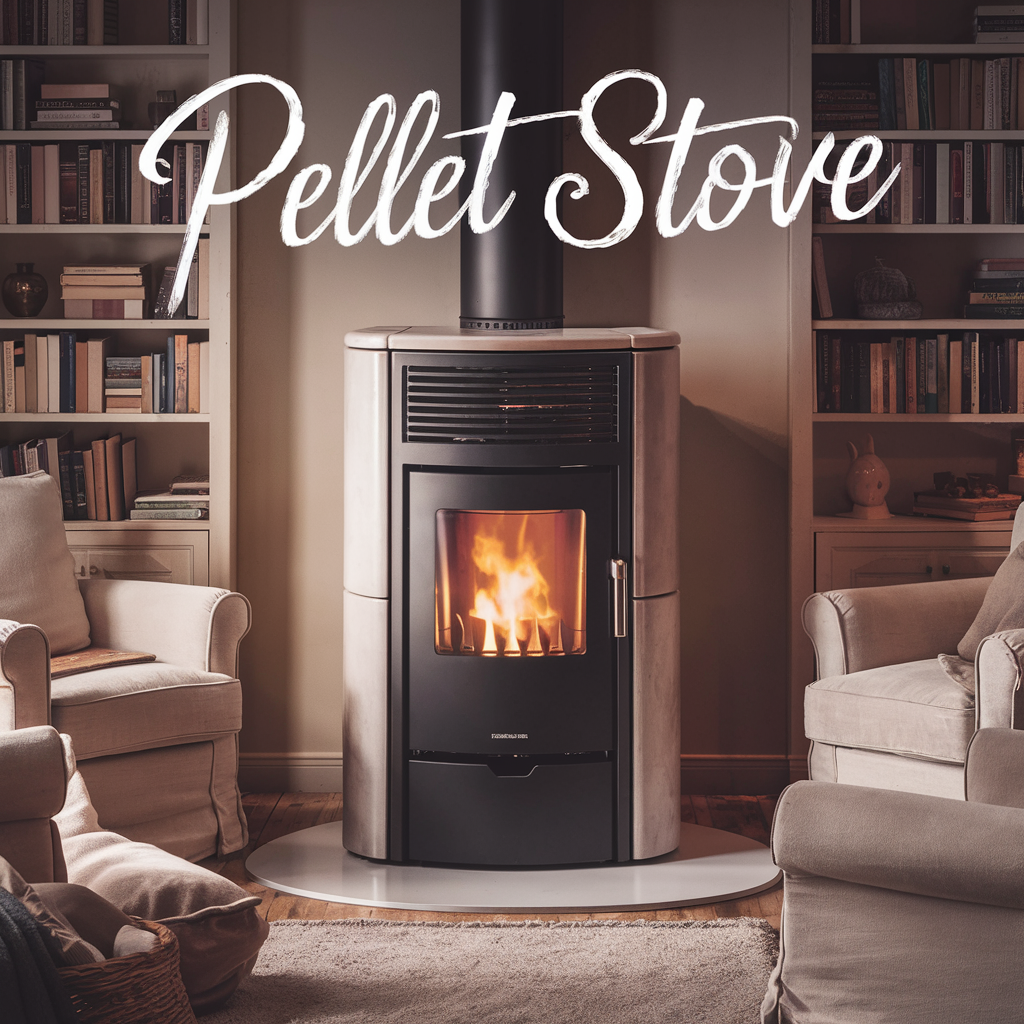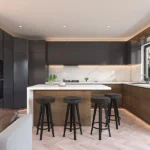Have you considered heating your home with the alternative source of a pellet stove? These stoves are cleaner, more simple, and usually more cost-effective than the traditional gas stove system. However, to ensure you maximize their efficiency and effectiveness, you have to know how to choose the right size.
Here is how to select pellet stoves for your home so you can enjoy their heat and other benefits for many years to come.
First, Choose Your Type
There are several different types of pellet stoves. The first choice is whether you want a freestanding stove or one that you can insert into your fireplace. A freestanding stove may require some added ventilation while an insert could require a chimney liner.
Next, decide whether you want a top or bottom-fed stove. You may need to choose different types of pellets depending on which model you choose.
Finally, decide if you want a manual or electric stove. Electric stoves are usually equipped with a backup battery so they will keep running even if the power goes out. If you don’t want to worry about electricity at all, you can choose a manual version that does not require it.
How to Determine the Size of Pellet Stove You Need
Choosing the right size of stove is important as a too large (or a stove with too high of a Btu rating) will create too much heat and may pose a health hazard while an undersized unit will not be adequate to heat your space. Here are some variables to consider when choosing the right size:
- How well your home is insulated. This includes not only the walls, but also the floor and around the windows and doors.
- The number of windows in the space where their stove is located (as well as how much insulation they have and if there are any leaks or cracks.)
- Whether you are using pellet stoves as a primary heat source or a supplementary source. If you are using a primary heat source, you will usually need a larger unit.
- How often you plan to use the stove.
- How many rooms you plan to heat with a single pellet stove.
- What your area’s climate conditions are. The colder the climate, the larger the unit you will probably need. You should also consider how much ice accumulation (if any) is expected during a typical winter in your area.
- The circulation in the room where you plan to put the stove and whether or not you currently have fans or plan to buy fans to assist in air circulation.
- How much space you have between your floor and ceiling in the room where you will put your pellet stove.
Buying Pellet Stoves
Still not sure what type or what size of pellet stove you need for your home? No worries. When you work with a reputable pellet stove company, you can talk with their experienced, professional staff about your heating needs. They will ask helpful questions to learn more about your home environment and your goals for the stove and will be able to recommend the perfect option.






